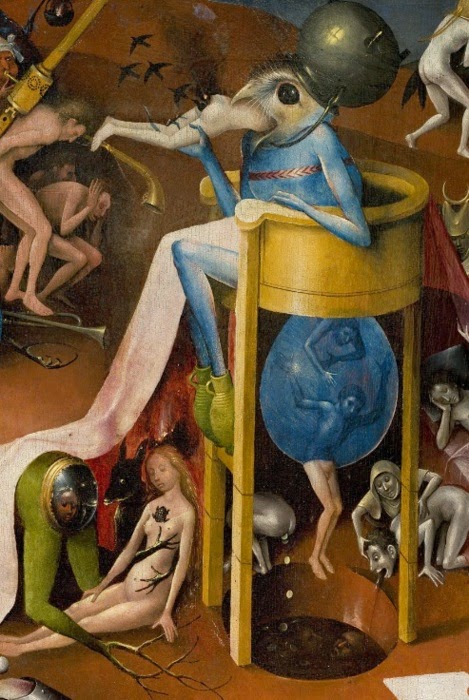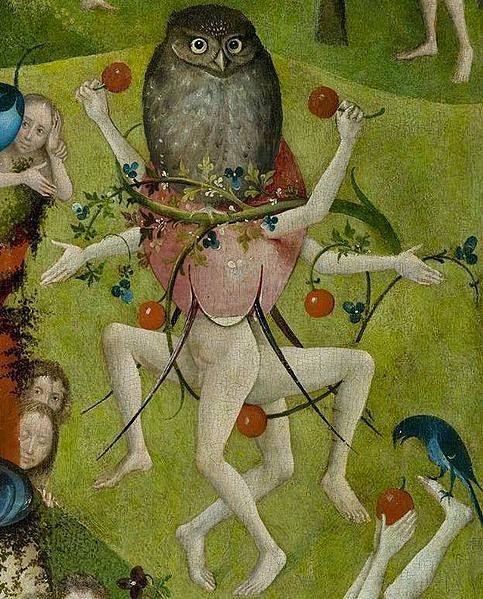(Reposting a post I wrote on my Heartsong blog a couple of weeks ago, because I still think it.)
I rarely review books but
I did when Bunker Diary by Kevin Brooks first came out, so I'm on record as thinking it brilliant and brave. Now it has won the prestigious Carnegie Medal, and a storm has brewed. Many adults vehemently object to the book's bleakness, darkness and violence.
I’m not addressing whether it’s the right sort of book for the Carnegie because I want to tackle the wider issue of whether it’s right to write books like this for teenagers and whether it’s OK for them to read them.
I don’t seek to change the minds of those who dislike the book – anyone is free to dislike, even detest, any book. Many of the detractors are experts in children's books; their opinions are strongly held and well-meaning.
What I want to do is shed light on the following things, as someone who spends a lot of time thinking about adolescence, human nature and the psychology and science of reading:
- The reasons why many adults wish teenagers wouldn't read such books.
- The reasons why many teenagers do.
- Whether it matters that they do.
1. Why do many adults wish teenagers didn't read such books? Or, perhaps, that such books weren't written?
Good adults are programmed by biology and culture to protect babies and children. We protect them from actual harm and, when we can, from fears and nasty thoughts. We hope they never have to deal with nasty things themselves, though we realise many eventually will. We know, somewhere in the logical part of our brain, that they must learn to take risks, one day, but we try to control when that risk-taking happens and how. This is right and proper. We want to "protect their innocence" as long as possible. This is understandable.
When I did my first talk as a YA novelist at the Edinburgh Book Festival, I was floored by a question: "How do you feel knowing that you damage children?" It turned out that the questioner had 11 year-old grandchildren and since then I have often met this fear in parents or other relatives of that age group. Through my work, I understand how hard it is to move from being the parent of a child to the parent of a teenager. It's tough to let go. And tougher when it’s the young people themselves who insist on pulling away – as they are biologically driven to do. We don’t like the fact that some of them choose nasty books. We worry.
So, adults who protest against novels like Bunker Diary are being nurturing and protective. That's what we do with young children. At some point, however, we need to remove the cotton wool and tolerate bruises gained in the pursuit of knowledge and independence because they are not damaging. Bruises are temporary, after all.
Teenagers are not children. In the arguments about Bunker Diary, the word "children" has sometimes been used instead of "teenagers". This is not a small distinction. “Adolescent” means "becoming an adult", and that needs to be allowed to happen.
2. Why do many teenagers like bleak books?
First, let's remember that all readers, within any age range, are different; some teenagers will and some won't like reading such books. But why might some be drawn to dark stories? Because fiction is, among other things, for exploring emotions, testing them, feeling what experiences are like. Fiction is for breaking boundaries if we want to break boundaries, and for coming back safely as we wake up and realise that it was "only a story". Just as when we wake up from a nightmare we feel relief that it was only a dream. Sleep researchers tell us that a purpose of dreaming may be to process emotions, stresses and fears healthily. I argue that fiction has that role, too.
The magic of fiction is that we get carried away into the fictional world and almost forget that we aren't really there. That no one is; that it was all constructed inside a writer’s imagination. So strongly does this narrative transportation happen that we can end up having heated arguments about made up stories…
Teenagers often feel extreme emotions; their emotional and reward centres are highly active, bombarded by the changes in their lives, bodies and brains. Hardly surprising that they need extreme books, whether extremely frightening, passionate, funny, or sad.
And how do we practise empathy - that supreme effect of fiction - if we can't practise extremes of feeling? Those extremes will be different for each person. Each of us has our limits. I won’t argue with yours if you will allow me mine.
Teenagers don't always think the same things are horrible or for the same reasons as we do. Adults often require less or different stimulus to be shocked, saddened or scared. Many adolescents love watching horror films or reading misery memoirs. They sometimes feel the need to, perhaps to exorcise some of their fears, to practise the emotions, to test their limits. In safety.
In safety. Freely chosen. And you can stop the moment you want to. (In books, if not so easily in films.)
I remember the first time I cried in a film: Ring of Bright Water. You know the bit. The ditch. The spade. I was nearly twelve. I was shocked - and embarrassed because I didn't know films or books were things you cried in. (I was born and had lived all my life in a boys' school. Does that explain it? It did then. We didn't have YA fiction, either.) When my mother said of course it was OK to cry in a film, I wanted to watch it again, just to cry again. And, remember, RoBW is not fiction. (Actually, at the time I thought it was, which was probably a relief.)
Orwell's Nineteen Eighty-Four. The bleakest fictional ending ever. The moment when Winston gives in to his torturers and betrays his girlfriend with the searing words, "Do it to Julia" and, later, betrays himself and the rest of humanity. I know, it's not a teenage book. But we make teenagers read it. We don’t tell them it’s too bleak for them.
3. So, does it matter that they often choose to read bleak books?
Hell, yes, it matters. It matters that they read, that they engage passionately and willingly with stories and reading. And it matters that if that is what they want to read, it's there for them. Whether it’s Nineteen Eighty-Four or Bunker Diary or whatever. It matters, too, in my opinion, that their choice is not disparaged. It matters that adults don’t imply that they are sick for enjoying it. (And adults are now using a vile term for books in which young people die. I'm not using it here as I think it's also demeaning to the readers of those books.) We don’t have to enjoy the books they choose but we should be very cautious before undermining their enjoyment and choices. (Not all the adults have - I'm just saying we should make sure we don't.)
On the other hand, carry on - teenagers like to read what adults don't like...
But doesn't it damage them? I think it might, conceivably, if you forced a young person to read a book that they didn’t want to read because it was making them feel things they didn’t want to feel or making their low mood worse. Or if the young person had to face ideas or scenarios they weren’t ready to think about. And if they had no way to process those ideas and fears healthily, by talking them through with others, for example.
I admit, too, that reading bleak books when you are already sad is not likely to be therapy. And that reading a book about suicide when you have suicidal thoughts yourself is a very bad idea. In The Teenage Guide to Stress, I recommend fiction as relaxation strategy, but I caution against reading books that make you feel sad if you are already sad.
But those are specific circumstances and Bunker Diary is not a book about suicide. Bunker Diary is a book in which the characters find themselves in a horrifying situation and try to work together to get out of it. (Regarding the Carnegie, I agree there's a possible issue because it's for a wide range of ages and there are shadowing groups, in which a younger than 12yo might be in a position of reading before he or she is ready. But the responsible adults will handle that situation with care, I'm sure. We can't exclude an eligible and highly recommended book because it only suits parts of the valid age range. Very few books suit a 9yo and a 14yo. Anyway, as I say, this isn't about the Carnegie argument.)
Books don’t damage – they do change and transform us. Everything we read and hear and see and think changes us. We are never the same at the end of an engaging book as we were when we started. And that's somewhat scary if you're a caring adult nurturing an adolescent. But we have to be brave and trust teenage (as opposed to younger) readers to make their own choices and feed their thirst for knowledge and ideas, so that they can decide for themselves.
A friend of mine told me how her then nearly-twelve-year-old daughter started reading The Lovely Bones. After a chapter or so, the daughter had to stop, too scared to read on. So scared that she buried the book under a pile of clothes in a cupboard. Next day she took the book out and read the whole thing. Her choice. She was ready. Changed but not damaged. At any time she could have stopped again - and she would have if it was making her feel awful. But she knew it was a story. She knew how to read it. She took control as she explored her emotions.
So, for those teenage readers who want to push the boundaries of their emotions, we need brave and risky books like Bunker Diary, even if it's too bleak for adults. If you can't block them from hearing or reading about the dark side of the real world in the news, don't try to stop them reading about such things in the safety of fiction, where they can explore and experiment on their own, without fear of actual harm.
Let go. Don’t stop caring, but worry less.























